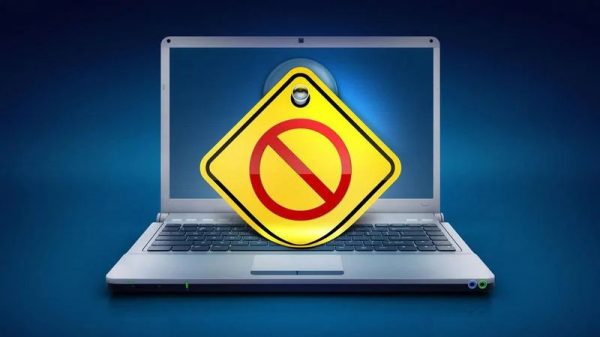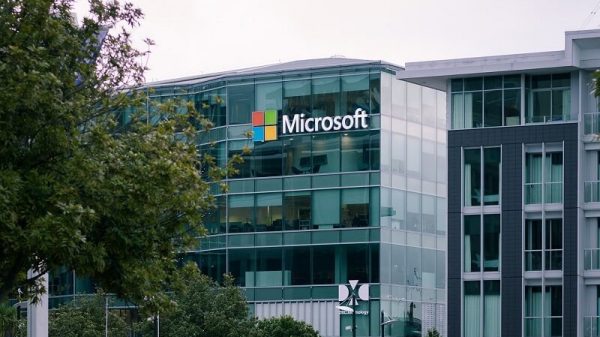As many as 28 States and Union Territories (UTs) in the country have adopted the National Generic Document Registration System (NGDRS), a digital portal for maintaining land records, India’s Ministry of Rural Development highlighted in a press release on April 24, 2023. In a bid to push digitization of land records, the States and UTs are facilitating data-sharing with the NGDRS portal using Application Programming Interface (API), which enables communication across platforms and caters to user-requested services.
What is the NGDRS?
The NGDRS is an application developed for allowing people to buy land online via electronic registration of property and documents. The project was initiated by the Department of Land Resources under the aegis of the Ministry of Rural Development.
The application is designed with an objective of providing one national software for document registration and property evaluation. It will mainly be used by the sub registrars, citizens and apex users from registration departments across the country.
According to the NGDRS website, its key features include:
- Facility for online document entry for citizens
- Online valuation module with stamp duty calculation
- Role based access to citizens and department users
- SMS facility, emails to send alerts to citizens and departmental users
- E-KYC – UID based authentication with the help of biometric or iris at the time of admission
- Linking with land records system
- Storage of copy of registered documents using scanning technology
- Facility to view & download scanned documents and generate certified copy of authorized user
- Registration can be done anywhere within concurrent jurisdiction
- Single login credentials for all modules
STAY ON TOP OF TECH POLICY: Our daily newsletter with top stories from MediaNama and around the world, delivered to your inbox before 9 AM. Click here to sign up today!
Why it matters:
The Indian government is aiming to digitise 100 percent of land records by 2024. The initiative to create a unified database for land and property records comes alongside other government projects to digitize health and education records through a similar foundational plan which involves creating separate registries for stakeholder entities, a unique ID (in this case the Bhu-Aadhaar) linked to common national IDs like Aadhaar and integration of these databases via APIs which allow for interoperability of services like registrations, managing certifications, transfer of land ownership, etc.
According to a study by Centre for Policy Research, land disputes account for 66 percent of civil cases in the country. These disputes mainly arise out of issues related to land ownership and whether or not the state has the power to redistribute land, which may have historically been inhabited by various indigenous communities of that region. Will digitization address or rather strengthen the state’s power over land distribution matters? Additionally, as the government speeds up the process to digitize land records, concerns related to accuracy in mapping the areas as per physical demarcations, lack of documentation, manipulation of digital records, and the uncertainties about mechanisms to challenge digital records on the basis of existing rules, demand attention.
What is Bhu-Aadhaar?
In addition to registrations on the NGDRS portal, the Department of Land Records (DoLR) has also informed that at least 26 States and UTs have adopted the Unique Land Parcel Identification Number (ULPIN) or Bhu-Aadhar and seven more States are conducting a pilot test of the project.
According to the ministry, the Bhu-Aadhaar or ULPIN is a “14-digit alpha-numeric number generated based on the latitude longitude of the vertices of each land parcel”. It is designated to be the “single, authoritative source of truth of information on any parcel of land or property to provide integrated land services to the citizens as well as all stakeholders”.
On March 17, the Union Minister of Rural Development & Panchayati Raj, Giriraj Singh said at a conference that the Bhu-Aadhaar will be the largest database for land records, which will help mitigate land-related disputes in Indian Courts.
The unique ID for land will also be integrated with other government platforms and is said to be used for services related to Agristack, Minimum Support Price scheme, land acquisition projects, border management, hydel and power projects, loans, and mortgage among other purposes.
Similarly, the Bhu-Naksha project introduced in 2022 is another project under the Digital India Land Record Modernisation Programme implemented in 2016. The Bhu-Naksha initiative provisions for mapping boundaries and conducting spatial measurement of land to computerize land records and produce digitized maps of a region with parcels of demarcated land. These maps are editable based on the results of property divisions in G2G (govt to govt) and G2C (govt to citizen) domains. These parcels of land are then identified by a Bhu-Aadhaar number.
This post is released under a CC-BY-SA 4.0 license. Please feel free to republish on your site, with attribution and a link. Adaptation and rewriting, though allowed, should be true to the original.
- Bhu Naksha: Do Digitized Records Solve Digital India’s Landownership Woes? A Deep Look Into Key Issues
- Digitising Land Records Is “Complex, Sensitive And Voluminous Work”: Government In Parliament
- Karnataka’s Digital Land Records Database ‘Bhoomi’ Breached
- Financial Companies Should Have ‘Real-Time’ Access To Digitised Land Records: Finance Ministry’s FinTech Report






























